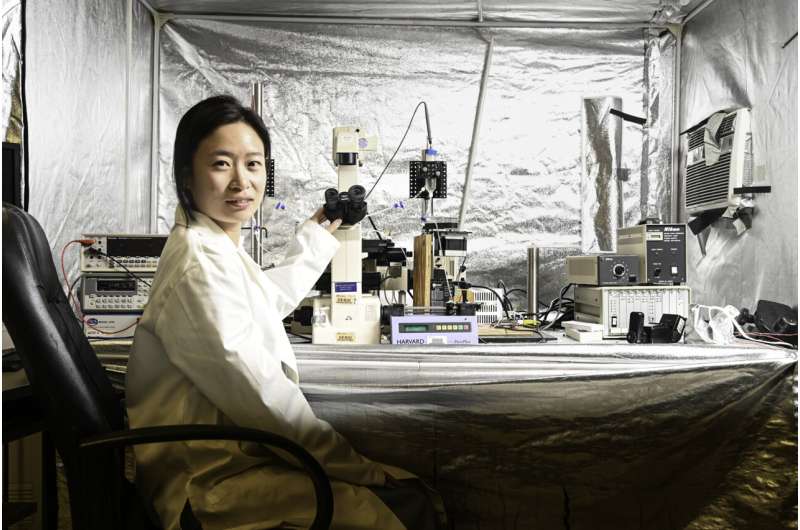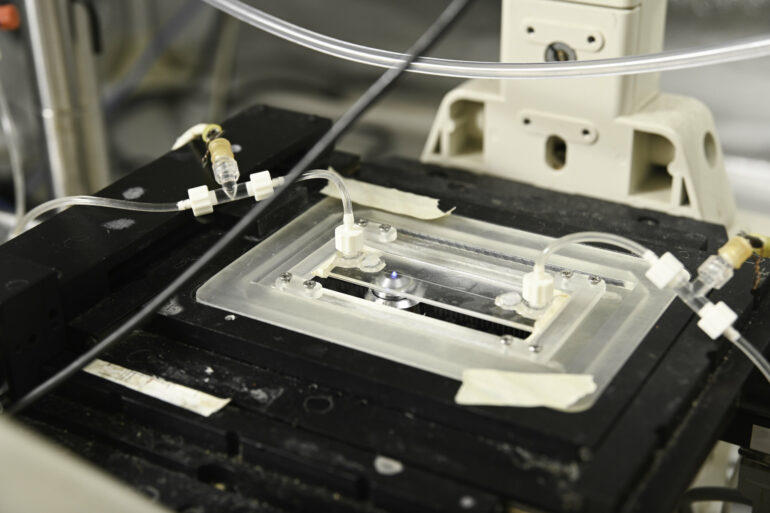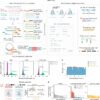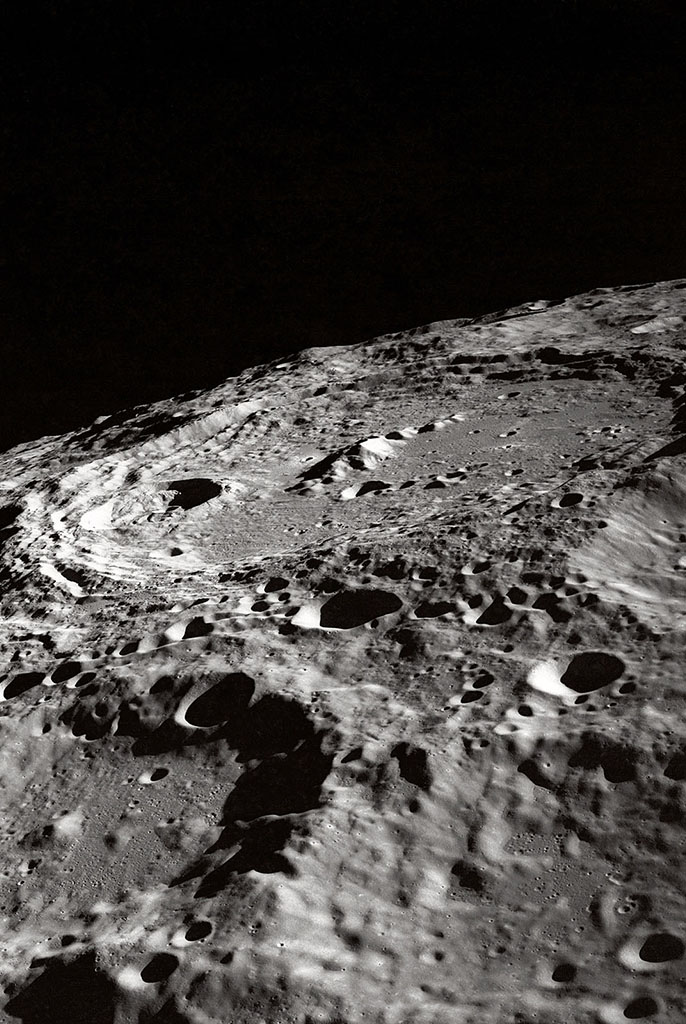Call it the science of small, but a trio of University of Florida chemical engineers have developed a lab-on-a-chip process that could make a big difference for DNA research and, ultimately, patients.
Microfluidic technology miniaturizes complex laboratory processes—such as mixing, reactions, separations, etc.—into devices the size of a microscope slide. The UF team has developed a microfluidic device for DNA purification that could speed up analysis of laboratory samples and match or exceed the purity of existing methods.
In their paper “Microfluidic Purification of Genomic DNA,” UF professors Jason Butler, Ph.D., and Tony Ladd, Ph.D., along with their fourth-year Ph.D. candidate and research assistant, Jiayi Wang, detail their new device, which extracts genomic DNA without centrifuges, magnetic beads or gels. The paper was published in the Proceedings of the National Academy of Sciences.
Purification removes contaminants from DNA samples, ensuring the integrity of the genetic material and providing more accurate results.
To purify DNA, individual cells must be broken open, proteins and other contaminants removed, and the purified DNA recovered.
Current extraction protocols often break the DNA molecules into small fragments, due to stresses from centrifuging or from the tension of a flowing fluid pulling on tethered DNA molecules. Butler and Ladd think their microfluidic protocol is gentler and will reduce DNA fragmentation.

University of Florida Ph.D. candidate Jiayi Wang. © Dave Schlenker/UF
The groundwork for this new device began in 2006 with contributions from several different Ph.D. students, but “it was Jiayi who succeeded in the critical steps of extracting the purified DNA and demonstrating its purity by standard biochemical assays. She deserves a lot of credit for her persistence in overcoming many obstacles,” said Ladd.
Their device—the size of a microscope slide—uses fluid flow and electric fields to push contaminated DNA solutions through a channel about 100 microns square, or roughly the size of a human hair. The fluid flow distorts coiled DNA into elongated shapes, enabling the electric field to push them toward the channel walls.
“The DNA moves to the walls of the channel and builds up, while all other components in the sample are carried away by the fluid flow,” said Butler.
How does this research fit into the bigger picture?
“DNA sequencing can be used to identify diseases, such as cancer,” Butler explained. “Long-read sequencers can recognize regions of the genome that are hard to identify from short sequences but are suspected to be associated with cancer.”
Given the ease of sample preparation, microfluidic extraction will likely lead to wider adoption of long-read sequencers, which sequence DNA in long strands without breaking them into smaller fragments.
Wang will graduate this May, but her work will continue.
“The most valuable lesson from this experience was learning how to tackle challenges while maintaining a positive attitude, even in tough situations,” she said. “These experiences gave me the confidence to pursue a research position after graduation.”
More information:
Jiayi Wang et al, Microfluidic purification of genomic DNA, Proceedings of the National Academy of Sciences (2025). DOI: 10.1073/pnas.2417757122
Provided by
University of Florida
Citation:
Engineers develop microfluidic protocol to extract and purify DNA (2025, January 24)



